
All-in-one liquid cooling systems
The all-in-one liquid cooling system has had a chequered history. There have been some very good and also very bad examples of this easy way to water-cool your PC, but thankfully, models such as Corsair’s H100 or Antec’s Kühler H20 920 offer low noise and better cooling than even the best air coolers. What’s more, they also cost a lot less than a custom water-cooling system too.The awesome Corsair H80, left, is a fantastic all-in-one liquid cooler. The Vantec Aeroflow, right, was one of many experimental air coolers back in 2002 that enthusiasts had to turn to to get good cooling, but was also incredibly noisy. Click to enlarge
The first all-in-one liquid cooler that was generally regarded as being desirably was Zalman’s original Reserator. It was a large passive tower radiator that, sadly, wouldn’t stand a hope of cooling a modern quad core, but was more than happy to deal with most CPUs of the day, and in near silence too. It also looked fantastic but it was only available in 2004. Back in 2002, tower coolers had yet to hit the mainstream and cooling companies were still experimenting with weird and wonderful designs – take the Vantec Aeroflow above for example – with its Tip Magnetic Drive fan.
The original Zalman Reserator - great in it's day although it struggled to cool heavily overclocked CPUs. Click to enlarge
Water cooling was still very much the way to go if you wanted awesome cooling and low noise, but was still a very niche market, with little of the bling and marketing we have in the industry today. Had something like the Corsair H80 turned up back then, it would certainly have gone down a storm with those of us who had to put up with deafening air coolers to keep our overclocked CPUs cool.
Serial ATA (SATA)
When I first saw pictures of a SATA-equipped hard disk, and how neat it looked when plugged into the motherboard, I nearly had to reach for spare pair of pants. The days of disgusting and awkward IDE cable were finally numbered and I think I even went as far as replacing my IDE hard disk with an identical SATA-equipped model, just because of the awesome new cable.
A PC with IDE cables, left, vs one with SATA cable. Soooooo much neater. Click to enlarge
Sadly, in the early days, the connectors appeared to be a bit brittle, and I lost two hard disks to snapped SATA connectors. Thankfully this doesn’t appear to be an issue today, and optical drives have joined the SATA bandwagon too. Back in 2002, SATA was only just being readied, which meant if you had two hard disks and two optical drives, your PC looked like you’d stuck a mini roll of toilet paper to the inside, then rolled it down a hill. SATA did more for PC aesthetics than any other invention in my mind, and it led the way for faster data speeds too.

MSI MPG Velox 100R Chassis Review
October 14 2021 | 15:04

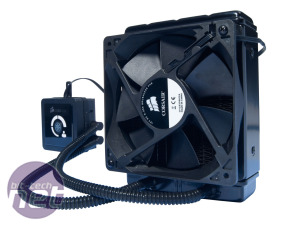
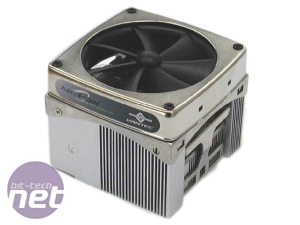
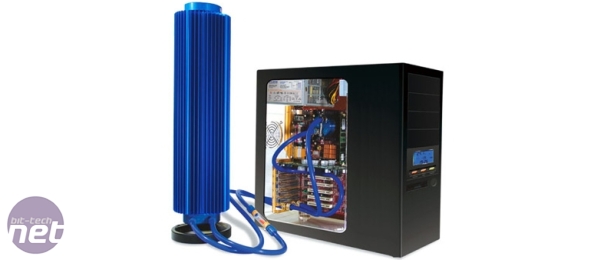
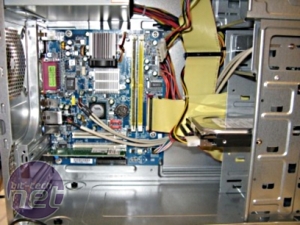
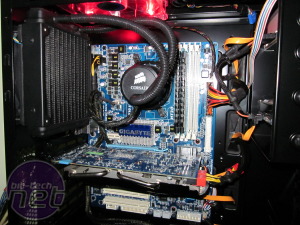







Want to comment? Please log in.